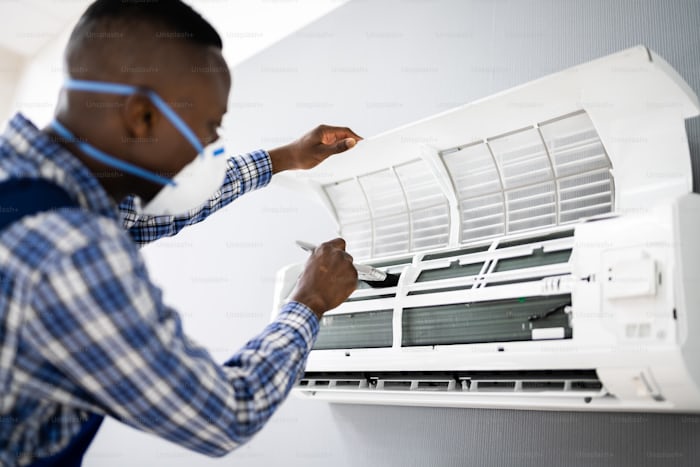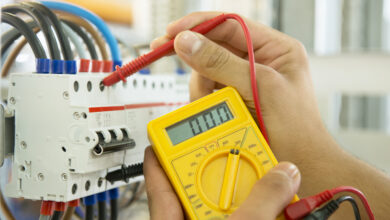Guide to Addressing Electrical Issues in Your AC

In the sweltering heat of summer or the unexpected warmth of a spring day, a functioning air conditioning system is not just a luxury but a necessity. However, like any sophisticated machinery, your AC unit can succumb to a range of electrical issues that can hinder its cooling capabilities, leaving you in discomfort.
Whether you’re a DIY enthusiast or simply seeking to understand what might be wrong with your system before calling in the professionals, this guide will be invaluable.
Navigating the complexities of your AC’s electrical issues can be tricky, but with this guide and the help of professional AC repair services in Fort Mohave, you’ll be cooling off in no time.
Tripping circuit breakers
One common reason your AC might be causing the circuit breaker to trip is an overloading of the electrical system. This can happen if your AC unit requires more power than your electrical circuit can handle, leading to the circuit breaker cutting off power as a safety measure.
Another potential cause is a short circuit within the AC unit itself, which is a more serious issue requiring immediate attention from a professional. To address these issues, ensure your AC unit is the only major appliance running on that circuit.
If the problem remains, contact a licensed electrician to inspect your system for signs of damage or malfunction that could be causing the short circuit. Their expertise will ensure your AC operates safely and efficiently, preventing future circuit breaker tripping.
Faulty wiring
Faulty wiring in an air conditioning system poses a risk to the unit’s functionality and a serious safety hazard to your home. This issue could lead to inconsistent cooling, but more alarmingly, it can cause electrical fires.
It is crucial to turn off the power on your AC unit to prevent any risk of electric shock. Then, inspect the visible wiring and connections for signs of wear, corrosion, or damage. Hire a professional AC repair or certified electrician if you have no experience working with electrical systems.
Capacitor issues
The capacitor in your AC unit plays a crucial role by storing and releasing electrical energy to help start and run the motor. Signs of a failing capacitor include the AC unit struggling to start, shutting off on its own, or not cooling as efficiently as before. You might also hear a clicking sound from within the unit when it tries to start.
To replace a faulty capacitor, first ensure that the power to the AC unit is completely turned off. Use a multimeter to verify there’s no electrical current flowing to the capacitor. Next, carefully remove the service panel and locate the capacitor, which is typically cylindrical and may be marked with a label or color-coded.
Note the make, model, and specifications of the old capacitor to ensure you purchase a compatible replacement. Disconnect the wires, taking note of their configuration for reattachment, and then remove the old capacitor. Install the new capacitor and reconnect the wires as they were previously configured.
It’s important to handle capacitors with care as they can still store an electrical charge even after power is disconnected. If you’re uncomfortable or unfamiliar with handling electrical components, consider hiring a professional to perform the replacement.
Power supply problems
Power supply problems can arise from inadequate voltage, fluctuations in the power grid, or issues with the home’s internal wiring. Such irregularities can cause your AC to function inefficiently, experience power cuts, or not start at all.
To address these power supply issues, start by checking other appliances in your home for similar power problems, as this can help determine if the issue is isolated to the AC or is affecting your entire home.
If multiple appliances are experiencing power issues, it may indicate a problem with your home’s electrical panel or the external power supply. This warrants a call to your power company or a licensed electrician.
On the other hand, if the problem seems to be isolated to the AC unit, ensure that it is connected to an outlet providing the correct voltage as required by the AC unit. Sometimes, simply moving the AC to a different circuit or outlet can resolve the issue.
If these steps do not remedy the problem, consult with a professional technician to inspect the AC unit and your home’s wiring for any potential issues that could be affecting the power supply to the unit.



